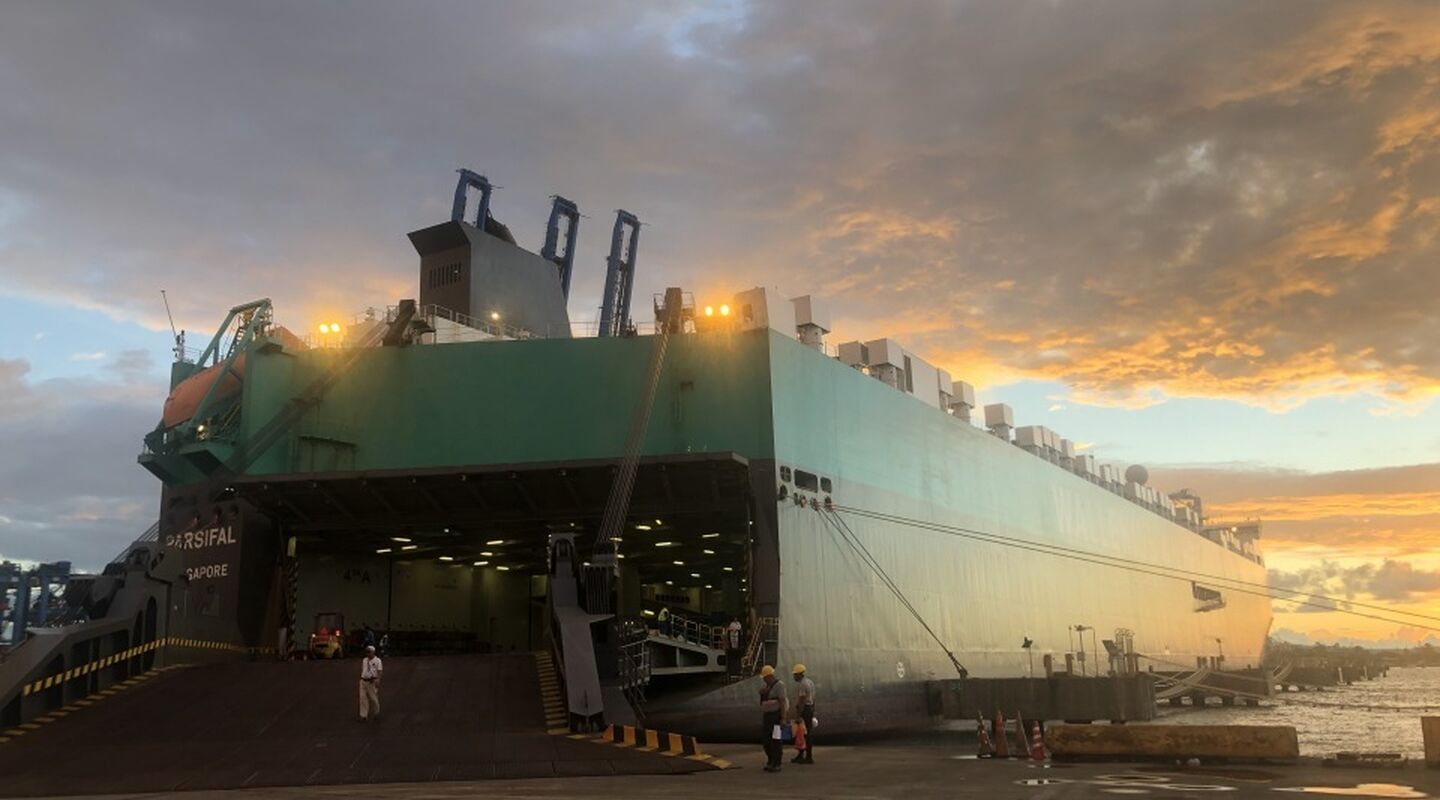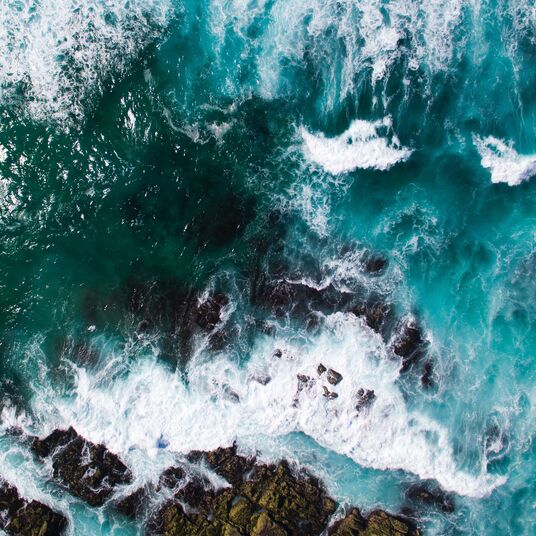Location, location, location – Why the Panama Canal matters
When it comes to global shipping, location is everything, and the Panama Canal is a prime example. To most people in shipping, the Panama Canal means shorter voyages, lower fuel consumption and quicker cargo delivery.

A brief history
Early beginnings: As early as 1881, France recognized the potential of the canal and began its development. However, the project stalled due to low investors' confidence, engineering challenges, and a high worker mortality rate.
The US steps in: In 1904, the US took over the project. Ten years later, in 1914, the Panama Canal officially opened.
The canal’s impact on shipping
The Panama Canal dramatically reduces sailing times between the Atlantic and Pacific Oceans. It also allows vessels to bypass the lengthy, hazardous route around South America. Despite being completed 110 years ago, the canal remains one of the most significant engineering achievements in history.
The 2023 droughts and its effects
In 2023, due to water shortages, Panama dramatically reduced the number of ships permitted to pass through the canal from 13,000 vessels down to 10,000 vessels. Wallenius Wilhelmsen, like many others, felt the impact. The global tonnage allocation department worked tirelessly to manage these restrictions by:
Participating in auctions for available passage slots
Pre-booking slots well in advance
Rita Dovran, senior manager for global tonnage allocation in Wallenius Wilhelmsen, explains, “During 2024, the situation improved because there has been more rain. We are now almost back to normal levels, but it is a fluctuating picture. Nobody can control the amount of rain. We continually optimize our fleet deployment to match the cargo to be carried. In the situation with the Panama Canal, we ensured that we minimized the risk of disruption to our customers cargo flows. To be successful in situations like this, Wallenius Wilhelmsen is in a good spot having the level of scale and flexibility in our 125-vessel fleet. That is one of the great benefits of sending your rolling cargo with a company the size of Wallenius Wilhelmsen.”

How the Panama Canal works
The Panama Canal relies on an artificial lake to function. Here’s how it works:
- Lifting ships: Water from the lake flows through a series of locks, lifting ships from the coast up to the interior and then down to the opposite shore.
- The Pacific vs. Atlantic: Interestingly, the Pacific Coast is higher than the Atlantic, but the canal’s ingenious design overcomes this.
- Dependence on rain: The canal depends on rainfall to fill the waterway. In 2023, low water levels meant the number of ships passing through had to be cut from 35 to 22 per day.
The alternatives and their costs
In a typical month, Wallenius Wilhelmsen sails around 20 to 26 ships through the canal, moving both north and south. When ships cannot use the Panama Canal, they often must take a much longer route around the Cape of Good Hope in Africa. This detour adds two weeks extra sailing time, leading to a capacity crunch in global shipping. In addition to delays, this also leads to higher emissions due to increased fuel consumption, neither of which is positive for a global shipping company or the planet.
Looking ahead: Challenges and changes
In May 2024, rain returned. Most restrictions were lifted. However, port authorities say that climate change and frequent El Nino periods are affecting ocean temperatures, which generally reduces rainfall patterns. There are discussions on how to offset these changes by establishing a new reservoir, but this would involve displacing 2,000 people, as reported by the New York Times in an article from August 2024. Environmental, economic and geopolitical factors intertwine, and no decision has been made yet.
Quick facts about the Panama Canal*
- The Panama Canal is an artificial 82-kilometer (51-mile) waterway in Panama that connects the Atlantic Ocean with the Pacific Ocean.
- Locks at each end lift ships up to an artificial fresh-water lake 26 meters (85 ft) above sea level. It was created by damming up the Chagres River and Lake Alajuela to reduce the amount of excavation work required for the canal.
- Locks then lower the ships at the other end.
- An average of 200,000,000 L (52,000,000 US gal) of fresh water is used in a single passing of a ship.
- The canal is threatened by low water levels during droughts.
- It is managed and operated by the Panamanian government-owned Panama Canal Authority.
The Panama Canal remains a critical artery in global shipping.
*Source: wikipedia


